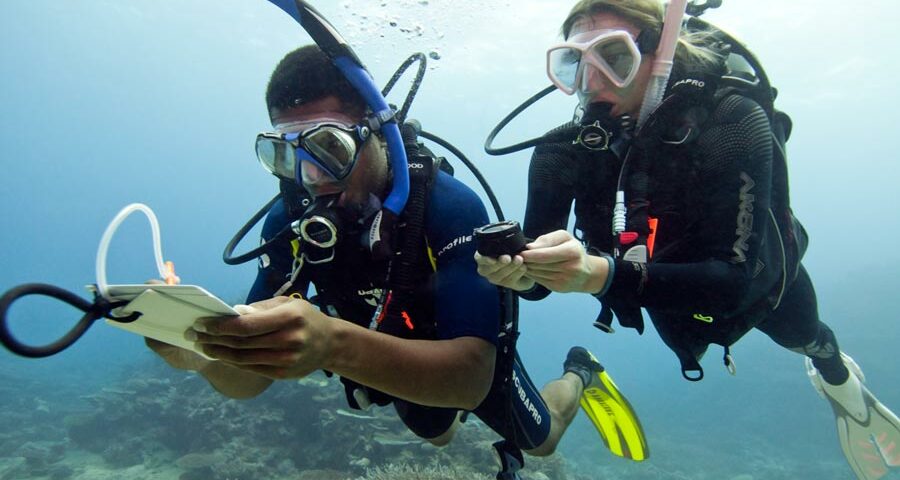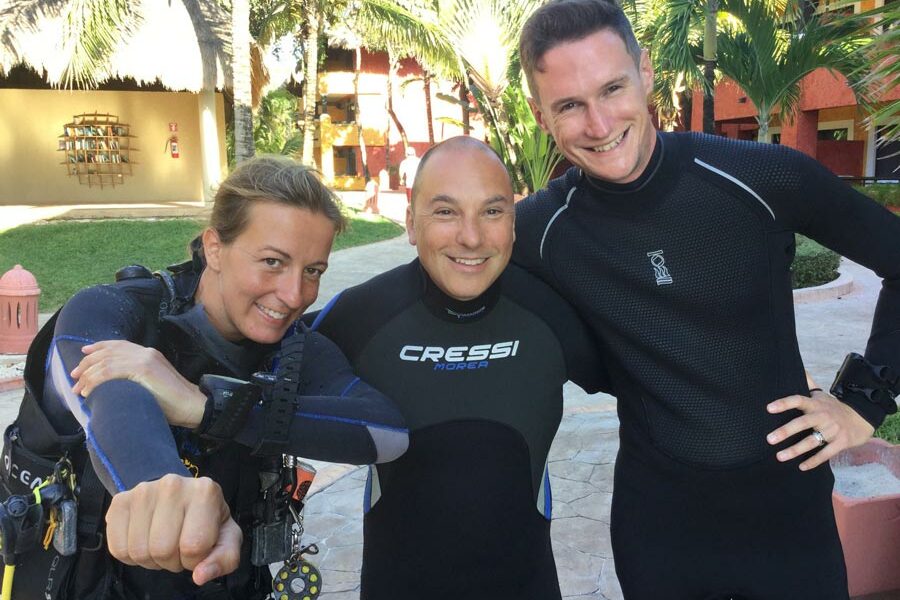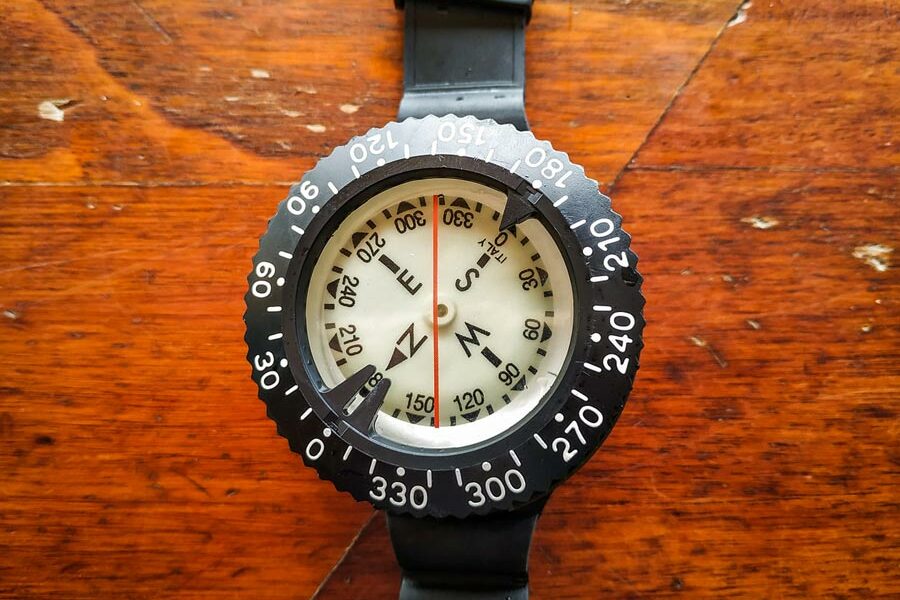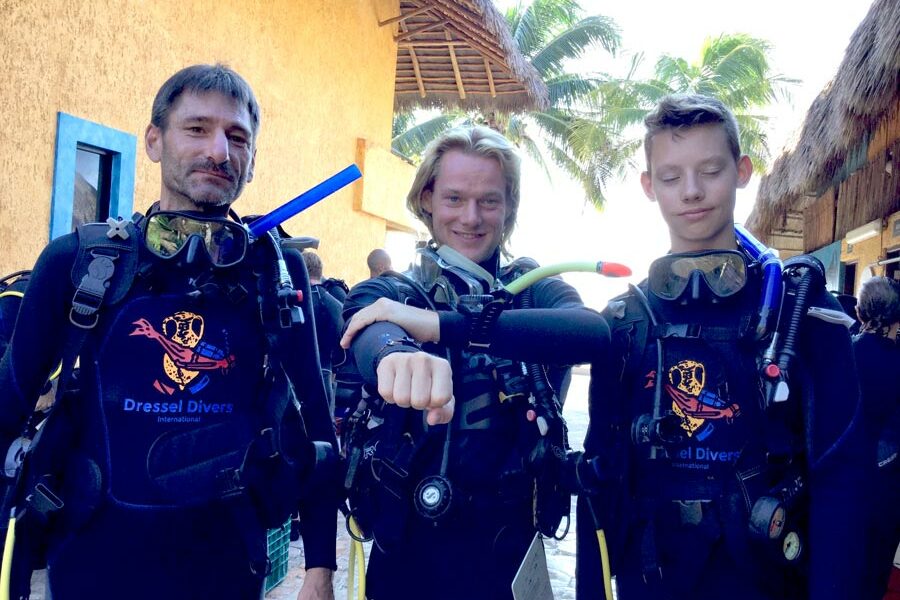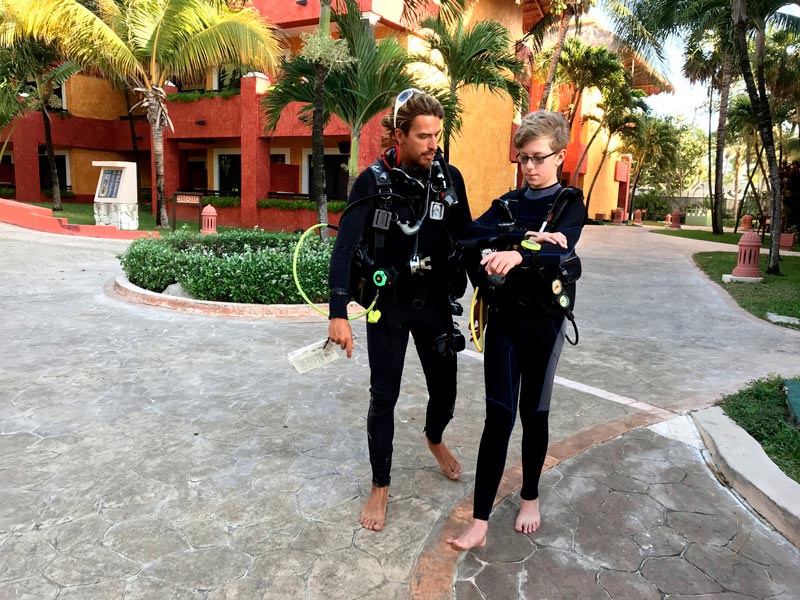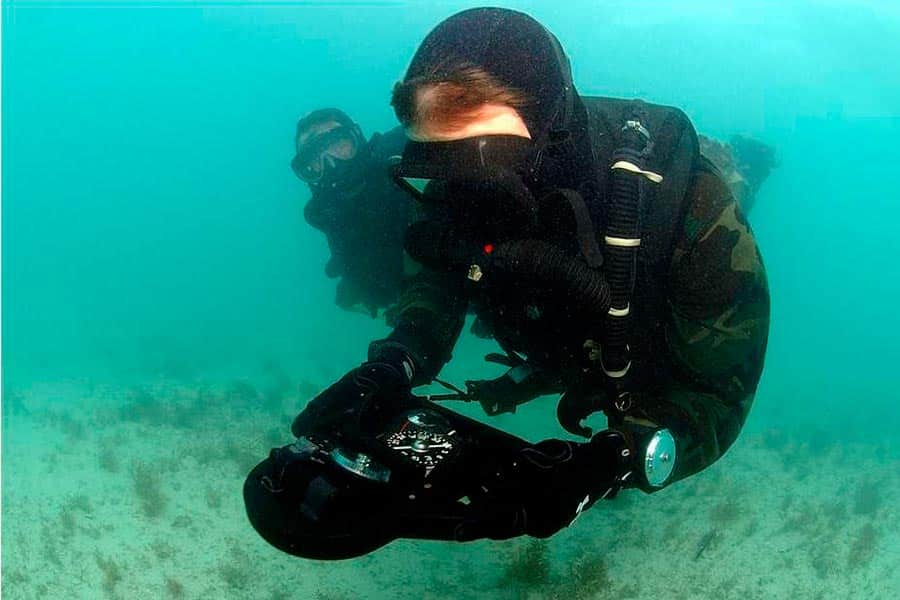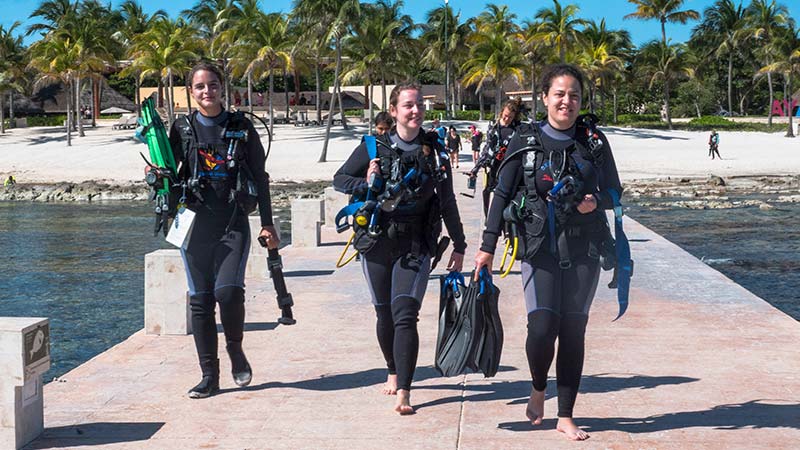1. What Is Dead Reckoning Navigation
If we understand navigation as the art of finding the way, dead reckoning navigation estimates our situation at a given time.
For that, it needs to consider the departure point, the direction, and the distance navigated.
It is useful for nautical navigation, aviation, and robotic navigation on land.
2. Origins of dead reckoning Navigation
Christopher Columbus already utilized dead reckoning navigation on his voyages.
He relied on three essential elements:
- The guiding star of the seas (the compass),
- The chronometer of the sand (the hourglass), and
- The rope of knots (the distance meter).
With these tools, he set out to conquer new horizons in the Americas. The compass pointed the way, the hourglass stood as an unwavering witness to time, and the rope with its knots unraveled in the embrace of the sea, revealing the speed of the sailboat. It was dead reckoning navigation example in its purest form.
When the ship set sail, Columbus carefully observed the compass and calculated the ship’s speed. A skilled sailor, who assisted him, dropped the end of the rope adorned with knots and tied it to a plank, letting it slip into the sea. The wood floated, and the rope slowly unraveled. When the last grain of sand fell through the narrow neck of the hourglass, the sailor counted the knots in the rope, marking the distance traveled.
With natural references as his guide, Columbus charted the course day and night, repeatedly performing the dead reckoning navigation system, calculating both distance, speed and direction to the unknown.
Just as ancient sailors relied on dead reckoning to navigate the vast ocean, modern scuba divers also depend on essential tools to navigate the depths below. The compass points the way, while the diver’s watch keeps track of time, ensuring a safe return to the surface.
As modern divers explore uncharted waters, they too find their own way, guided by the art of dead reckoning navigation.
3. What Does It Mean to Navigate by Dead Reckoning in Diving
Well, but…, How can I do it scuba diving? The answer is simple: using a diving compass.
Yes, dead reckoning navigation and compass diving navigation are synonymous.
A ship crew has to do very difficult calculations for traveling long distances, but for a diver, they are much simpler. So, don’t worry, sailing by estimation is much easier than you might think.
In diving, we use two types of navigation.
-
It consists of recognizing natural markers along the way, so we can plot a path back home and relocate if we get distracted.
We pass the hat-shaped rock, reach the abandoned anchor and continue to the brain-shaped coral with tube sponges on the sides and we return. 🤔 🤔👌
-
Dead reckoning or compass diving
It is used on more complicated dives, where you are not moving in a straight line, there is poor visibility, and you are crossing currents or moving in complex navigation conditions.




